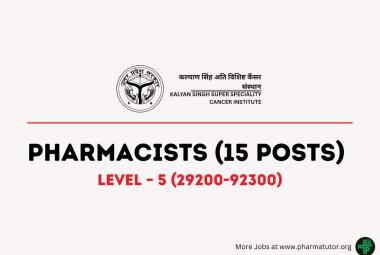(11th July, 2014); The child known as the “Mississippi baby”—an infant seemingly cured of HIV that was reported as a case study of a prolonged remission of HIV infection in The New England Journal of Medicine last fall—now has detectable levels of HIV after more than two years of not taking antiretroviral therapy without evidence of virus, according to the pediatric HIV specialist and researchers involved in the case.

[adsense:336x280:8701650588]
“Certainly, this is a disappointing turn of events for this young child, the medical staff involved in the child’s care, and the HIV/AIDS research community,” said NIAID Director Anthony S. Fauci, M.D. “Scientifically, this development reminds us that we still have much more to learn about the intricacies of HIV infection and where the virus hides in the body. The NIH remains committed to moving forward with research on a cure for HIV infection.”
NIAID and the Eunice Kennedy Shriver National Institute of Child Health and Human Development (NICHD), both part of the National Institutes of Health, provided funding to the researchers involved in the analysis of the case and will conduct a clinical trial to build upon the findings. The researchers planning the clinical trial will now need to take this new development into account.
The child was born prematurely in a Mississippi clinic in 2010 to an HIV-infected mother who did not receive antiretroviral medication during pregnancy and was not diagnosed with HIV infection until the time of delivery. Because of the high risk of HIV exposure, the infant was started at 30 hours of age on liquid, triple-drug antiretroviral treatment. Testing confirmed within several days that the baby had been infected with HIV. At two weeks of age, the baby was discharged from the hospital and continued on liquid antiretroviral therapy.
The baby continued on antiretroviral treatment until 18 months of age, when the child was lost to follow up and no longer received treatment. Yet, when the child was again seen by medical staff five months later, blood samples revealed undetectable HIV levels (less than 20 copies of HIV per milliliter of blood (copies/mL)) and no HIV-specific antibodies. The child continued to do well in the absence of antiretroviral medicines and was free of detectable HIV for more than two years.
However, during a routine clinical care visit earlier this month, the child, now nearly 4 years of age, was found to have detectable HIV levels in the blood (16,750 copies/mL). Repeat viral load blood testing performed 72 hours later confirmed this finding (10,564 copies/mL of virus). Additionally, the child had decreased levels of CD4+ T-cells, a key component of a normal immune system, and the presence of HIV antibodies—signals of an actively replicating pool of virus in the body. Based on these results, the child was again started on antiretroviral therapy. To date, the child is tolerating the medication with no side effects and treatment is decreasing virus levels. Genetic sequencing of the virus indicated that the child’s HIV infection was the same strain acquired from the mother. The child continues to receive medical care, treatment and monitoring from Hannah Gay, M.D., a pediatric HIV specialist at the University of Mississippi Medical Center in Jackson, who has been involved in the child’s care since birth.
[adsense:468x15:2204050025]
In light of the new findings, researchers must now work to better understand what enabled the child to remain off treatment for more than two years without detectable virus or measurable immunologic response and what might be done to extend the period of sustained HIV remission in the absence of antiretroviral therapy.
“The fact that this child was able to remain off antiretroviral treatment for two years and maintain quiescent virus for that length of time is unprecedented,” said Deborah Persaud, M.D., professor of infectious diseases at the John Hopkins Children’s Center in Baltimore and one of the two pediatric HIV experts involved in the ongoing analysis of the case. “Typically, when treatment is stopped, HIV levels rebound within weeks, not years.”
“The prolonged lack of viral rebound, in the absence of HIV-specific immune responses, suggests that the very early therapy not only kept this child clinically well, but also restricted the number of cells harboring HIV infection,” said Katherine Luzuriaga, M.D., professor of molecular medicine, pediatrics and medicine at the University of Massachusetts Medical School.
“The case of the Mississippi child indicates that early antiretroviral treatment in this HIV-infected infant did not completely eliminate the reservoir of HIV-infected cells that was established upon infection but may have considerably limited its development and averted the need for antiretroviral medication over a considerable period,” said Dr. Fauci. “Now we must direct our attention to understanding why that is and determining whether the period of sustained remission in the absence of therapy can be prolonged even further.”
Soure: NIH/National Institute of Allergy and Infectious Diseases







